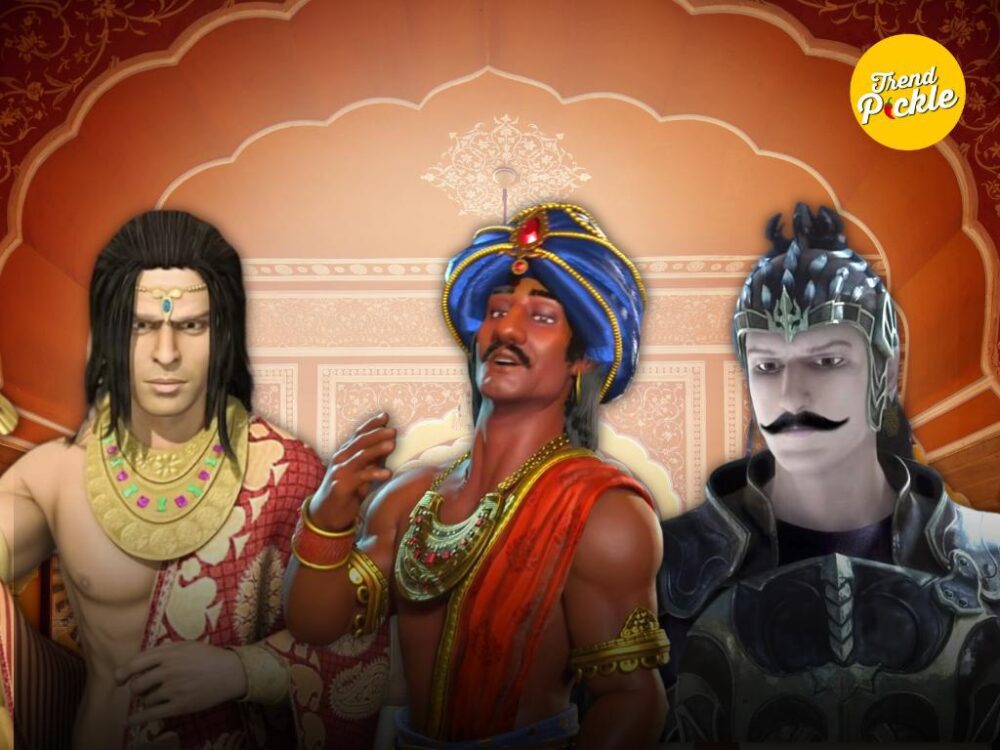Over the centuries, several kings ruled different regions of the Indian subcontinent. Strong, brave, courageous, They displayed their skill and valour several times. Here we share a list of top 15 Hindu Kings of india and their dynasties.
1. BIMBISARA (544-493BC)
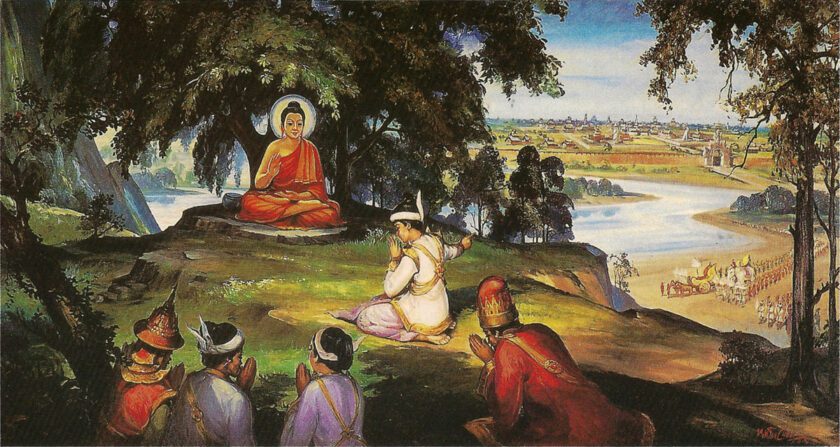
Haryanka dynasty was the first important and powerful dynasty in Magadh. The first and most powerful leader of Hrayanka dynasty was Bimbisara, the son of Bhattiya and ruled from about 544-493 BC. Here are some facts about the reign of Bimbisara :
- He was a follower of Buddha and admirer of Mahavira.
- Capital of Magadh during his reign was Girivraja (Rajgriha).
- He was the first king to have a strong, standing army. This was the reason why he was called as ‘Sreniya/Shrenika’(a large army).
- He started the practice of matrimonial alliance to strengthen his position. He had three wives belonging to powerful provinces – Kosaladevi (King of Kosala’s daughter and sister pf Prasenjit), Chellana (daughter of Licchavi chief of Vaishali), Khema (daughter of King of Modra, Punjab).
- He believed in the policy of conquest and expansion, most important being, Anga (Anga was one of the 16 Mahajanpadas with Champa as it’s capital).
- Effective and excellent administration system was observed during the reign of Bimbisara. The top three officers included – executive , military and judicial.
- Bimbisara was killed by his son Ajatasatru.
2. AJATASATRU (492-460BC)
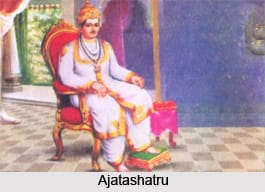
Another important Hindu King belonging to Haryanka dynasty was Ajatasatru, the son of Bimbisara and Chellana. Here are some facts about the reign of Ajatasatru :
- He embraced Buddhism and the first Buddhist council was conducted during his reign at Rajgriha, soon after the death of Buddha in 483 BC (presided by Mahakasyapa, a monk).
- He started the use of a new chariot called Rathamusala with trees attached to the chariot.
- He believed in the divide and rule policy and conquered Kosala and Vaishali (Mahajanpadas).
- The purpose of Buddhist council conducted during his reign was to preserve Buddha’s teachings. They were divided into three Pitakas – Sutta Pitaka (teachings and sayings), Abhidhamma Pitaka(question and answers), Vinaya Pitaka(rules for monks and punishments). This council focused on the completion of Sutta and Vinaya Pitakas.
3. MAHAPADMANADA (344-323BC)
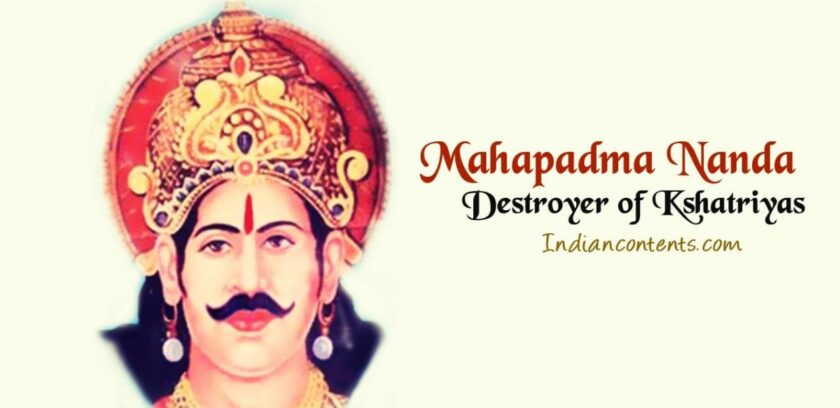
Nanda dynasty was the first non-kshatriya dynasty. The first powerful ruler of this was Mahapadmanada, the first shudra king of Magadh. Here are some facts about the reign of Mahapadmananda :
- Mahapadmananda was the first historical emperor of India. Origins are not clear but as per the Puranas, he was the son of last Sisunaga king from a Sudra woman.
- As per some Jain texts and Greek writer Curtius, he was son of a barer and a courtesan.
- He was known by many names, some of them were – ‘Sarva Kshatriyantaka’ (destroyer of Kshatriyas) , ‘Ekrat’ (one king of a huge kingdom) , Second Parshuram.
- Magadh expanded during Nanda dynasty. It ran from Kuru in North to Godavari valley in south and from Magadh in east to Narmada in west.
- He conquered many kingdoms including Kalinga.
4. CHANDRAGUPTA MAURYA (324-300BC)
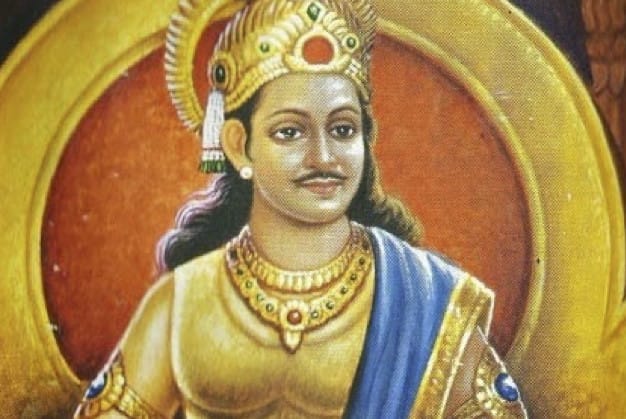
Magadh was being ruled by Nanda’s at this time. The Nanda dynasty produced nine kings who ruled for about a century. The last was Dhananada. Vishnugupta/Chanakya/Kautilya was a learned Brahmin of Taxila. He went to Patliputra, where he was humiliated by the Nanda king. On his way back he met Chandragupta, whose mother belonged to Moriyan clan of eastern India. Here are some facts about the reign of Chandragupta Maurya :
- Chandragupta captured West Punjab and Sindh. He then took control of Magadh. He then attacked the west of Indus, which was ruled by Greek king Seleucos. Seleucos lost and had to purchase peace by ceding to Chandragupta, the territories of Herat, Kandahar, Kabul, and Baluchistan.
- Maurya presented him with 500 war elephants and married his daughter Helen.
- Maurya’s empire extended up to Mysore in south and Kabul in north-west, and Saurashtra in west up to Bengal in east.
- According to Jain tradition, he renounced princely life and settled down at a place in Shravan Belgola . He went to Karnataka with Jain monk Bhadrabahu and starved himself to death at Shravan Belgola, India. There is a hill nearby called Chandragiri, named after him.
- Kautilya’s Arthashastra has 6000 verses and 15 sections. It consists of duties of king, function of ministers and organization of civil service.
- Magasthenese, the ambassador of Seleucos, who lived in Patliputra, wrote Indica – a book on civil administration of India during Chandragupta’s reign.
- Buddhist literatures – ‘Mahavamsa’ and ‘Dipavamasa’ gives detailed account of Maurya.
5. BINDUSARA (303-273BC)
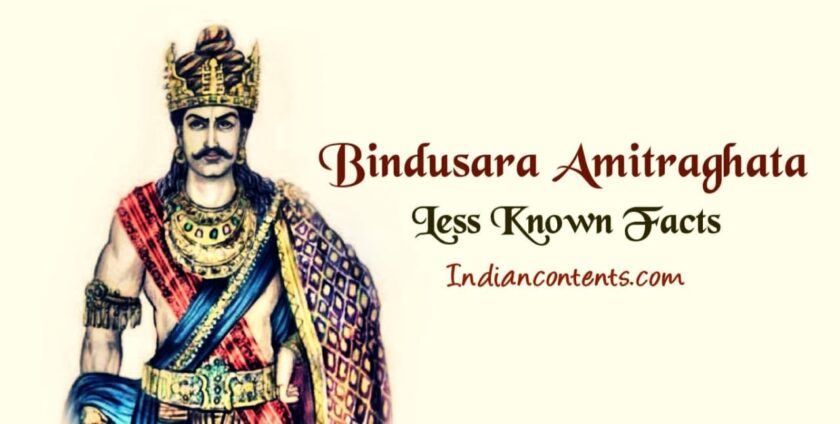
. Here are some facts about the reign of Bindusara:
- Son of Chandragupta Maurya, also known as Amitraghata (slayer of foes) or Amitrochates in Greek sources.
- Deimachus was a Greek ambassador at his court.
- He appointed his son Ashoka as the governor of Ujjain. When a revolt took place in Taxila during his reign, Ashoka was sent there to crush it. He was one of the several sons and was selected as Yuvaraja (crown prince).
- He followed the concept of Ajivika.
6. ASHOKA (273-232BC)
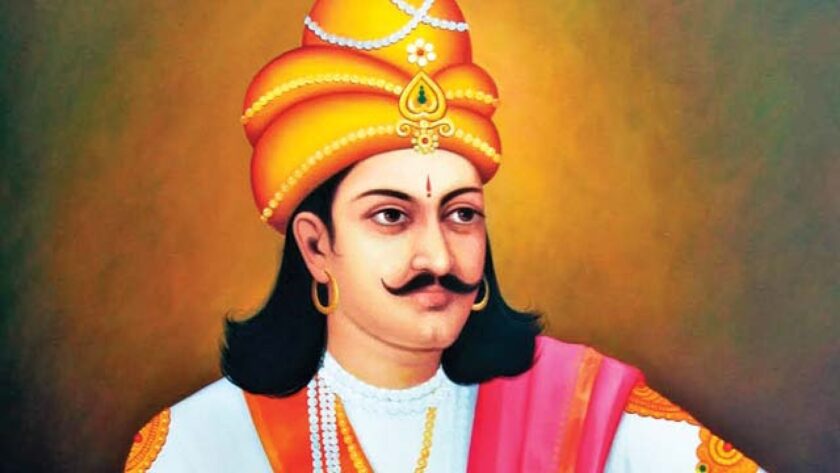
. Here are some facts about the reign of Ashoka:
- In the year 261, Ashoka decided to add Kalinga (modern day Odisha) to his domain. He was startled on seeing death and later when he met Upagupta, a Buddhist monk, he adopted Buddhism. He promoted ethical system called Dhamma (law of piety).
- Conquest of Kalinga was described by Ashoka on Rock Edict 13, in the war where hundred, thousand people were killed. It says, “The beloved Gods, the king considers victory by Dhamma to be foremost victory”.
- His empire was extended from Hindukush Mountain in north-west to Suvarnagiri in south. Tamralipti or Tamluk was an important port on the Bengal coast from where ships sailed for Burma and Lanka.
- According to Magasthenese – King was a hard worker who remained in court all day. Kautilya divided a king’s day into eight parts. The armed forces were carried on by board of thirty officers divided into six committees with five members each. There were six wings – army, cavalry, elephants, chariot, navy, and transport.
- Reasonable taxes on mines, forest, goods, bridge, and road tolls, whereas land tax varied from one-third to one-sixth of produce.
- Architecture flourished during his reign. Some of them were- Sanchi Stupa, Rock cut Chaitya Caves of Barbar Hills and Lion Capital of Sarnath Pillar.
7. CHANDRAGUPTA 1 (320-350AD)
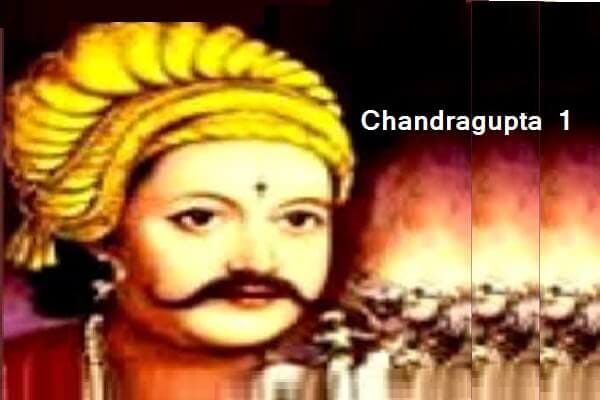
. The Gupta empire was founded by Sri Gupta who was a feudal lord of the Kushan Empire. After Sri Gupta, his son, Ghatotkacha took to the throne. Chandragupta 1 was Ghatotkacha’s son. Here are facts about reign of Changragupta 1 :
- Chandragupta 1 married Lichchavi princess Kumaradevi and they had two sons – Kachagupta and Samudra Gupta. Chandragupta had acquired Magadh in marriage to Kumaradevi.
- His kingdom extended from Ganges River to Prayag by 321AD.
- He took the title of ‘Maharaja Dhiraj’.
- He issued coins in the joint names of his queen and himself
8. SAMUDRAGUPTA (335-375AD)
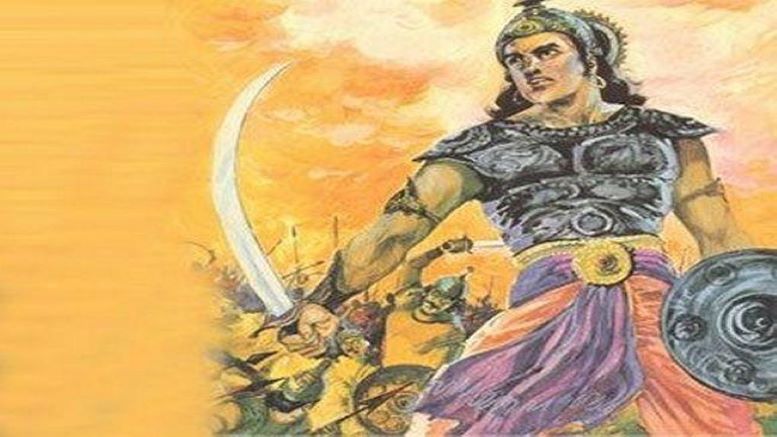
. Here are some facts about the reign of Samudra Gupta:
- He was given the title of ‘Napoleon of India’ by Vincent Smith.
- He defeated nine kings of ganga valley, twelve kings from southern region and eighteen forest tribes.
- His region extended from Himalayas in North to Krishna and Godavari rivers in south and from Balkh (Afghanistan) in west to Brahmaputra in east.
- He was follower of Vaishnavite Hinduism but tolerant of other faiths.
- He gave permission to king of Sri Lanka, Meghvarman, to build monastery in Bodh Gaya.
- He had many talents and so he was also called , Kavi raja (King of poets). He also played Lute (veena) and worshipped Lord Vishnu.
9. CHANDRAGUPTA 2 (380-418AD)
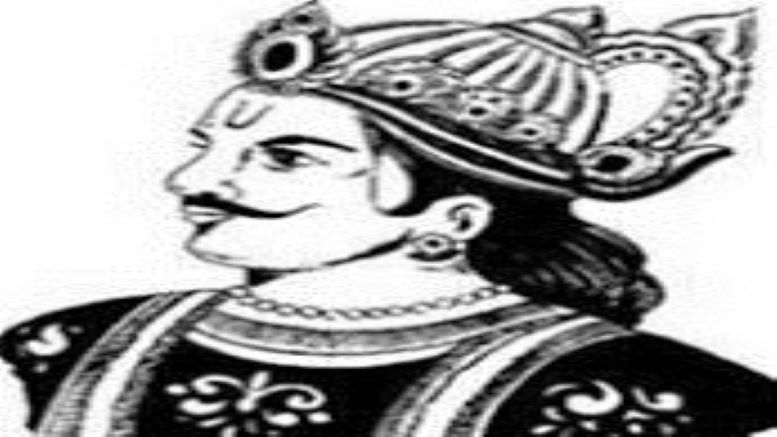
Here are some facts about the reign of Chandra Gupta 2:
- He was the son of Samudra Gupta and Dattadevi. He was titled as – ‘Vikram Aditya’.
- He annexed Saurashtra, which gave him hold of the western coastline.
- He married Kubernaga, a Naga princess and had a daughter, Prabhavati. He married her off to Rudrasena 2, the Vakataka prince. After Rudrasen’s death, Prabhavati became the queen of Vakataka and gave permission to Chandragupta 2 to attack Saka Satraps and hence he was later known as Sakari.
- Fa-Hein visited India during his reign.
10. KUMARGUPTA (414-455AD)
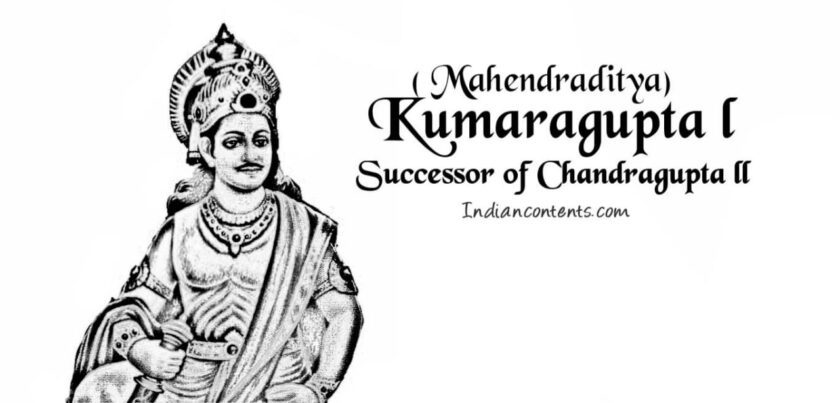
Here are some facts about the reign of Kumargupta:
- Son of Dhruvadevi, who extended the Gupta Empire from Himalayas in north to Narmada in south and Kathiawar in west to Bengal in east.
- Hunas , from central Asia, invaded the north-west frontier of the empire during his reign.
- He founded the Nalanda University.
11. SHIVAJI BHONSLE 1 (1630-1680)
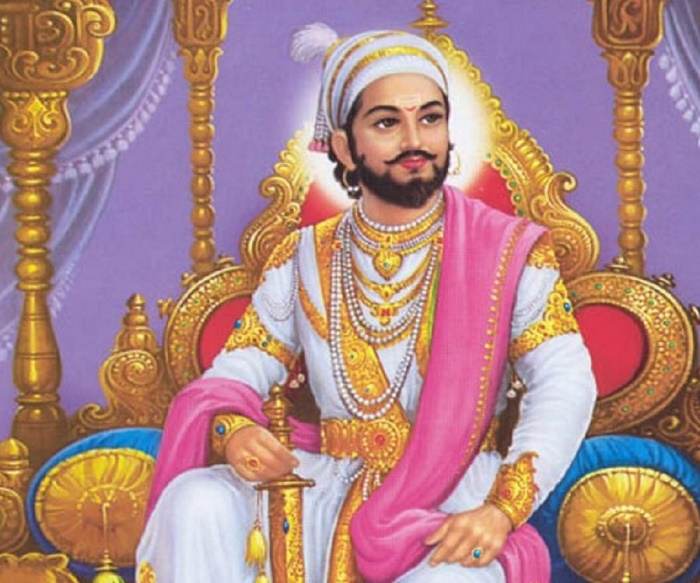
Also referred to as, Chhatrapati Shivaji, was an Indian ruler and a member of the Bhonsle Maratha clan.
- Shivaji’s military forces expanded with time, capturing and building forts, and forming a Maratha Navy. Shivaji established a competent and progressive civil rule with well-structured administrative organisations. He revived ancient Hindu political traditions, court conventions and promoted the usage of the Marathi and Sanskrit languages, replacing Persian in court and administration.
- In 1666, Aurangzeb summoned Shivaji to Agra (though some sources instead state Delhi), along with his nine-year-old son Sambhaji. Aurangzeb planned to send Shivaji to Kandahar( now in Afghanistan)to consolidate the Mughal empire’s northwestern frontier. However, in the court, on 12 May 1666, Shivaji was made to stand alongside relatively low-ranking nobles, men he had already defeated in battle. Shivaji took offence and stormed out of court and was promptly placed under house arrest. Ram Singh, son of Jai Singh, guaranteed custody of Shivaji and his son.
- Shivaji’s position under house arrest was perilous, as Aurangzeb’s court debated whether to kill him or continue to employ him. Jai Singh, having assured Shivaji of his personal safety, tried to influence Aurangzeb’s decision. Meanwhile, Shivaji hatched a plan to free himself. He sent most of his men back home and asked Ram Singh to withdraw his guarantees to the emperor for the safe custody of himself and his son and surrendered himself to Mughal forces. Shivaji then pretended to be ill and began sending out large baskets packed with sweets to be given to the Brahmins and poor as penance. On 17 August 1666, by putting himself in one of the large baskets and his son Sambhaji in another, Shivaji escaped and left Agra.
12. BALAJI VISHWANATH (1713)
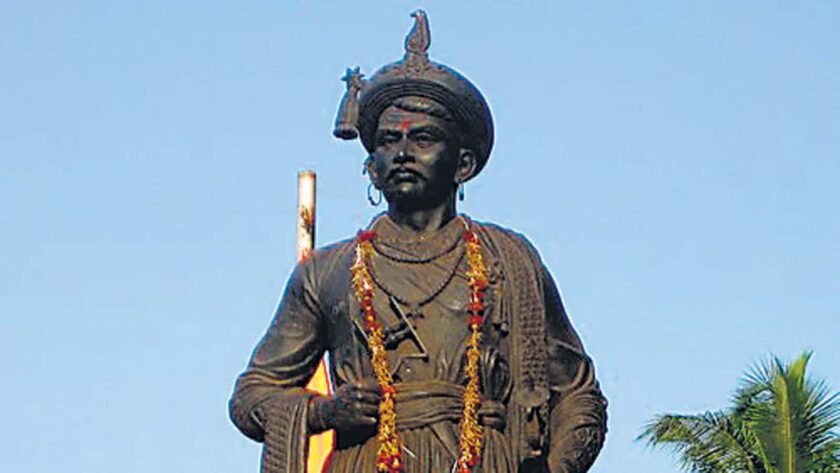
The great Maratha empire saw many great Peshwas, the first of them being Balaji Vishwanath. The most powerful of all the Peshwa’s was Balaji Baji Rao. Here are some facts about his reign :
- Shahu appointed Pwshwa Balaji Vishwanath in 1713. From his time, the office of Peshwa became supreme while Shahu became a figurehead.
- His first major achievement was the conclusion of the Treaty of Lonavala in 1714 with Kanhoji Angre, the most powerful naval chief on the Western Coast. He later accepted Shahu as Chhatrapati.
- In 1719, Marathas marched to Delhi after defeating Sayyid Hussain Ali, the Mughal governor of Deccan, and deposed the Mughal emperor. The Mughal Emperors became puppets in the hands of their Maratha overlords from this point on.
13. BAJI RAO 1 (1720)
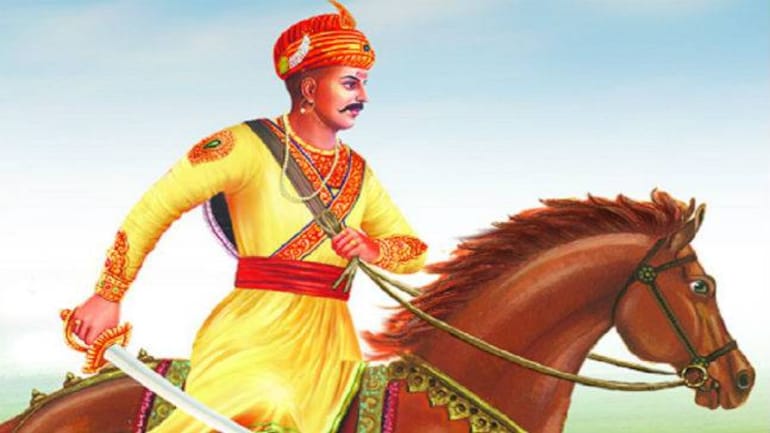
After Balaji Vishwanath’s death in April 1720, his son, Baji Rao 1 was appointed Peshwa by Shahu.
- Bajirao is credited with expanding the Maratha Empire tenfold from 3% to 30% of the modern Indian landscape during 1720–1740. He fought over 41 battles before his death in April 1740 and is reputed to have never lost any.
- The Battle of Palkhed was a land battle that took place on 28 February 1728 at the village of Palkhed, near the city of Nashik, Maharashtra, India between Baji Rao I and Qamar-ud-din Khan , Asaf Jah 1 of Hyderabad. The Marathas defeated the Nizam. The battle is considered an example of brilliant execution of military strategy.
- In 1737, Marathas under Bajirao 1 raided the suburbs of Delhi in a blitzkrieg in the Battle of Delhi.
14. BALAJI BAJI RAO (1720-1761)
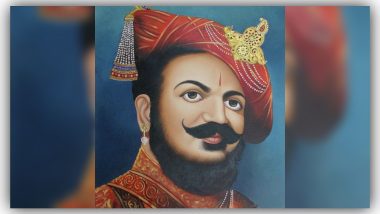
Balajirao Bhat, also known as Nana Saheb, was the 8th Peshwa of the Maratha Empire in India. He was appointed as Peshwa in 1740 upon the death of his illustrious father, the Peshwa Bajirao I. During his tenure, the Chhatrapati was a mere figurehead.
- Balaji Baji Rao was the eighth Peshwa of the Maratha empire.
- During his tenure, the Chhatrapati (Maratha Emperor) was a mere figurehead. At the same time, the Maratha empire started transforming into a confederacy, in which individual chiefs—such as the Holkars, the Scindias and the Bhonsles of Nagpur Kingdom—became more powerful.
- Balaji’s father Baji Rao aimed to establish a Hindu Padshahi (Hindu kingship) in India and maintained good relations with the Hindu Rajputs. However, during Balaji Rao’s tenure, the Marathas alienated the Rajput rulers.
15. PRITHVIRAJ CHAUHAN
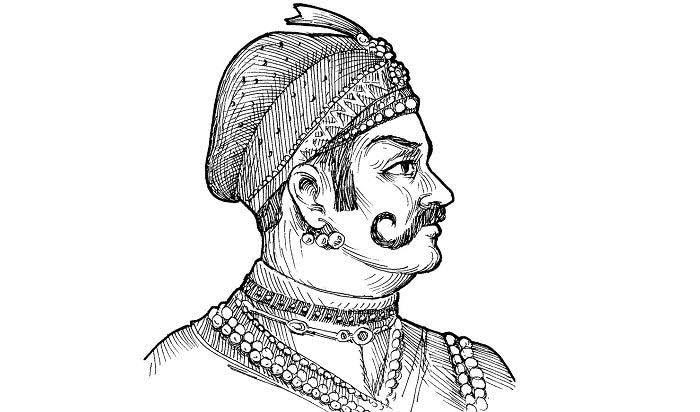
Prithviraj Chauhan , also known as Rai Pithora, is known as one of the greatest Hindu rulers in the Indian History.
- His empire extended from present-day Rajasthan, Uttar Pradesh, Delhi, Haryana, Madhya Pradesh to some parts of Punjab. The capital of his empire was Ajmer.
- The King of Kannauj, Jaichand despised Prithviraj Chauhan due to his love affair with his daughter – Sanyogita. The incident has been mentioned in popular legends such as Prithviraja Vijaya, Ain-i-Akbari, and Surjana-Charita.
- Prithviraj Chauhan resisted the Islamic power and won the First battle of Tarain(Haryana) in 1191AD. Before this battle started Muhammad Ghori had captured Tabarhinda which was a part of Chahamana.
Indian kings dedicated a large amount of time in expanding their territories. Apart from bringing rich cultural heritage to India , these rulers brought various other changes in terms of economy, administration, and art. What a great, rich history India has!
FREQUENTLY ASKED QUESTIONS:
Q1. Name the most important Rajput battle fought in the history of India?
Ans. Battle of Haldighati (1576), between Maharana Pratapa and Mughals.
Q2. Name the most important battle involving Marathas?
Ans. Battle of Pratapgad (1659) that led to the establishment of Maratha empire.
Q3. Name the most important battle fought by Prithviraj Chauhan?
Ans. The first and second battle of Tarain (1191 and 1192) against Muhammad Ghor.

